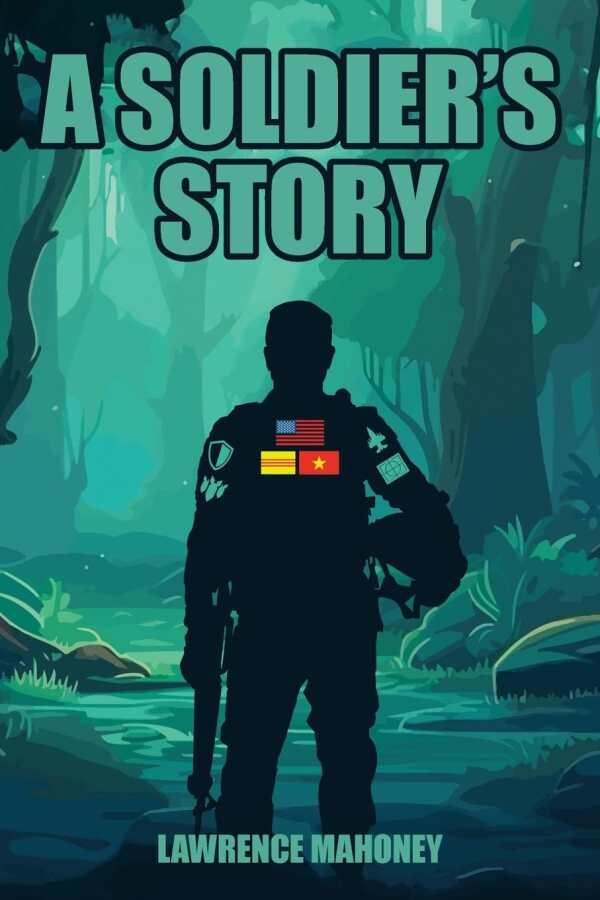A Soldier’s Story
About the soldiers who are left to “articulate, rationalize, and justify” their wartime experiences after the fact, A Soldier’s Story is a sobering account of the Vietnam War.
A Soldier’s Story is Lawrence Mahoney’s concise, reflective novelization of his service in the Vietnam War.
Weaving awareness of other veterans’ experiences into Mahoney’s own wartime memories, this book is not purely factual; some names have been changed (Mahoney, herein, is Lawrence Campbell), and some timelines adjusted for the sake of storytelling ease. Still, the book’s approach is chronological, moving from Campbell’s high school wrestling into his college studies in the Midwest before showing how he was swept up in the war. Deployed from 1967 to 1969 with the US Army Transportation Corps, he worked in the underheralded but essential role of supply chain management.
The book seeks to show that logistical work in the military has a decisive impact on wars (not just on the Vietnam War, but also in the Civil War and during World War II), sometimes even determining their outcomes. For those doing such work, there can be lingering impacts, it suggests. Written in Mahoney’s late seventies, the book treats its hero’s personal torments and post-traumatic stress disorder as reflective of the broader struggles of his generation. References to other war narratives, including Michael Herr’s Dispatches and Mark Bowden’s Hue 1968, flesh the book out further.
However, the narration is quite uneven. Some memories are recounted at length; others are skimmed over in a perfunctory fashion. While there are some keen details, as of a “clock inching toward one o’clock” and of a first sergeant as “a figure of authority amid the chaos,” much of the book begs for greater elaboration. Thus, while the opening chapter includes useful historical background on the war, including on the strategies deployed before an officer is sent into the field, individual chapters are less clear. Their stories from Campbell’s deployment include anecdotes about pranks, drinking, and logistical operations; there are unflinching recollections of sniper attacks, traps, and children hit with napalm too.
But the chapters often focus on broad observations about the war at large rather than on illuminating particular moments in Campbell’s story. They also incorporate the retrospective perspectives of other people, as with a sergeant bragging that “there was nothing left alive” following small arms fire in a village and with notes from a PBS documentary, diluting their particular insights further. And to its detriment, much of the book’s work is done in a pontificating tone—including when it comes to its political pronouncements, which are more often facile than persuasive. It moves between war scenes and related opinions with speed, taking moral inventory of the “abyss of suffering” and of “brutality that knew no bounds.” It expresses clear anger toward those who facilitated the war, including toward deceptive politicians; it muses on how soldiers are left to “articulate, rationalize, and justify [their] experiences” once they return home. But in seeking to put the war into perspective from a distance of decades, it falls short.
A candid, semi-fictionalized war memoir, A Soldier’s Story shares blunt scenes from serving in Vietnam as part of the military’s support personnel.
Reviewed by
Joseph S. Pete
Disclosure: This article is not an endorsement, but a review. The publisher of this book provided free copies of the book and paid a small fee to have their book reviewed by a professional reviewer. Foreword Reviews and Clarion Reviews make no guarantee that the publisher will receive a positive review. Foreword Magazine, Inc. is disclosing this in accordance with the Federal Trade Commission’s 16 CFR, Part 255.

